By Dianna Rhyan
From distant Dodona sojourners come back bearing oracles:
omens of wise bird-sayings.
(Hesiodic Catalogue)
Far away in the mists of ancient days, there once dwelt a band of extraordinary trees with the gift of prophecy: oaks with the power of human speech, answering the needs of mortals who journeyed far to seek their wise counsel. This sounds like a folk tale, but it is not. Deeply rooted in archaic Greek myth, these oaks also lived in history as the first and only oracle existing in Greece for many years. Ancient mythographers remembered the priestesses who tended these oaks as the first females on earth who ever sang their own compositions; their companion nymphs were compassionate nurses for Zeus, shielding him in his vulnerable infancy, and henceforth revealing his will to mortals. In the remote and mountainous terrain of Epirus in northwest Greece, from the second millennium BCE, this sacred forest grew in the mystical sanctuary of Dodona.
There once was a vast grove,
fair and goddess-beloved,
spreading far and wide, thickly forested,
abundant with trees.
Inside grew lofty pines, mighty elms, and stately oaks,
fertile wild pears, and blushing sweet apples.
Here flowed rivulets, streams shining bright.
(Callimachus, Hymn to Demeter)
Imagine the scene: divinities gather here, fair as the trees. Nature spirits move among them. Under flickering leaves, immortals offer the refreshment of pure water and the abundance of tender fruit, drawing us closer toward the elemental.
As the Roman naturalist Pliny the Elder understood,
Trees were considered sacred precincts and temples of forest divinities in primordial times. Even today, country folk, preserving simpler, purer, and older rituals, will consecrate their most majestic tree to a goddess or god.…We are still struck with adoration and awe by a glade of trees, a sacred grove veiled in utter silence.
(Natural History)
The majestic oaks of Dodona were primordial and did inspire awe, yet they did not stand veiled in silence. On the contrary, they spoke in divination. Archaeologists have unearthed and deciphered travelers’ questions and the oracle’s answers, in the form of messages incised on strips of lead. Sometimes the case was desperate and the journey remote. Whether seekers asked about fruitful crops, freedom from slavery, childbearing, unsolved mysteries, or safe emigration, the oaks answered offering resolution in their replies.
Ancient myths remember such encounters. The hero Achilles prayed to Zeus of the oak grove through the mediation of unusual priests:
Zeus, lord of Dodona, living in faraway land,
you keep watch over the sacred precinct where your priests reside,
living among the oaks and sleeping on the ground with feet unwashed.
Hear me.
(Iliad)
These priests were barefoot mountain dwellers who slept unsheltered amongst the trees dreaming in conscious contact with the ground. Their practices suggest spiritual union with the oaks’ chthonic power rooted deep inside the earth. They lived humbly, and why not? Surely oaks are unpretentious votaries to grand officials. Likewise, some said the priestesses of the sanctuary lived inside the hollow of an oak, or even in a stump, suggesting enormous, wizened trees as shrines or habitations. An ancient truth is afoot here: unassuming wayfarers who shied away from thronged, wealthy temples entered tranquil groves for simpler, rustic, hushed communion with the divine.
The archetypal traveler Odysseus was rumored to seek out this oracle on his far-flung wanderings when he consulted an oak that spoke with countless leafy tongues:
The hero has journeyed to Dodona, to hear the prophecy of Zeus,
the voice of the holy oak whose tongues are a thousand leaves.
He seeks to learn how he could manage to return home,
having been away, assumed dead, for too many dangerous years.
(Odyssey)
When the exiled heroine Io roamed the world as a cow-maiden, the trees helped her make sense of her experience.
Maiden, you have wandered and endured as far as steep Dodona,
where grows the oracular grove of Zeus.
There the oaks endowed with human voice,
a portent beyond hope,
in clear and certain speech, no riddling words,
hailed you as a destined consort of Zeus.
(Aeschylus, Prometheus Bound)
Even Herakles, paragon of might, submitted to their prophetic guidance:
The final completion to the labors of Herakles,
crafted by the gods, he heard for himself at Dodona:
the ancient oak of many tongues and many voices
foretold his fate, speaking through the oak priestesses,
in the form of twin doves of the wood.
(Sophocles, Women of Trachis)
What did Odysseus, Io, Herakles, and other supplicants hear? An oak spirit sighing in archaic boughs, fluttering birds concealed in rustling leaves, or murmured syllables from mystic priestesses? Essences mingle to express archaic powers mingling on the sacred site. The oak-dwelling doves especially draw attention here, for they represent the epiphany of the primeval Earth goddess in bird form. She loved to swoop free in flight and relished bird epiphanies. She was a winged traveler to the limits of the ocean, mother of monsters, bringer of youthful blossoming, bearer of the day of doom, and mistress of fecund animals. Bird imagery is intuitive; it cannot be grasped. Her bird and tree forms invite us to reflect on the doves of Dodona, as they nestled in deep-leaved, deep-bosomed holy oaks.
For supplicants in need, to seek prophetic ritual from afar was a sacred journey: a pilgrimage undertaken in search of spiritual insight. Could an archaic oracle be a guide for our own footsteps in search of oak wisdom or dove intuition?
Travelers did not find Dodona only in myth. The historian Herodotus wrote a description of his ancient journey to Dodona in search of prophetic oaks and doves. His eyewitness account brings to life the priestesses who walked the whispering sanctuary, for he met the grove dwellers in person, and they spoke to him there. To him, the priestesses carefully imparted the fruits of their own tradition:
The prophetesses of Dodona say there were two black doves who flew from Thebes in Egypt…and one arrived among the priestesses in Dodona, seating herself upon an oak tree. She pronounced in a human voice that in this very place, an oracle of Zeus was to arise. Those who heard her comprehended that this was a divine message, and they carried out what the dove proclaimed. The priestesses of Dodona told me this account…and the women who led the way in prophecy and served the sacred grove were called Doves.”
(Herodotus, Histories)
Here dwelt wise women, whose lives call to mind an ancient tombstone:
In life I was a priestess of Demeter,
in time an old woman, and now I am dust.
I guided many young priestesses
through passage to new womanhood.
Traveler, farewell.
(Palatine Anthology)
From childhood, women worshiped in such enclosures, entering at propitious times to leave votive statuettes, clothing, textiles, or dolls as offerings to tree-clad goddesses and nymphs. Some played prominent roles in ritual here, noble maidens privileged to serve the local cult. As votary to the grove, ever more confident as seasons slipped by, a young girl may have followed and then ventured to lead the maiden chorus of song and dance.
Picture them in the greenwood: a group of worshippers who share in sacred rites, to delight their deity. They have gathered to dance, feast, drink, sing, sacrifice, pray, or lament, taking strength in rituals by moonlight or sunlight. Social and spiritual bonds formed inside sanctuaries had power outside its boundaries, especially for women, whose lives were meant to be subdued. Ceremonial ties enriched daily life near hearths, looms, wells, bridal chambers, and childbirth beds. In sacred groves, their devotion honored the life cycles of vegetation so very like our own.
The oak grove embraced them in their circling seasons.
As a chorus of nymphs sense each other’s steps in a dance, trees live out the fertile plurality of shared life. Sit in any forest and see how all things move together in the spiral dance of life and death. Mutual care flows, with reciprocal seasons for leaf, root, twig, stump. Trees at the edge of the forest are strong in a different way from those within; they have grown together, aware of one another’s needs. The row of old white pines reflected in the pond link hands underground, brushing in breezes above, swaying in wave patterns dear to themselves, alive in each other’s knowing. Let footsteps here be soft and chosen with care.
In the beginning, around the Mediterranean Sea and far beyond, inside tree sanctuaries there stood no monumental buildings of stone, no declarative tablets carved in bronze, no sacrifices of a hundred bellowing oxen. Living water from a pure spring, however, was essential to cleanse all who would enter. In Dodona, she was a sentient and prophetic stream named Dione Naia, an immortal consort of Zeus, whose speaking waters surged up from oak roots, adding her liquid tones to the doves cooing in the branches above. Though many sites acquired formal shrines over time, the true spirit of the place was never encased by foundations or roofed by any structure. When marble columns did arrive, they protected the site including its sacred spring and reflected the stately tree goddess, observing all who approached.
Many goddesses dwelt in tree form, including Demeter, Artemis, Hera, Aphrodite, and countless vegetation divinities whose names are no longer known.
She might be addressed as Divine Mistress, She Who Is Holy, or Very Holy One when awestruck worshippers spoke to her. And vivified by the spirit of her dryad, she herself divined the truth, and spoke it.
There once was a sacred grove of Demeter,
and in the very center stood a statuesque oak,
a goddess grown centuries green.
She was the divine protectress of all life within the region.
…
Often in her shade dryads led their festive dances.
Linking slender wrists,
dancing nymphs would circle her mighty trunk.
Ancestral to all the trees surrounding,
her shade gently wafted down, just as
the dryads’ shadows over the soft green grass
moved tenderly on bare feet.
(Ovid, Metamorphoses; Callimachus, Hymn to Demeter)
When we pause here on the soft grass to look up at the garlanded oak, wreathed and encircled by worshippers, are we beholding the oak, the tree goddess, or the tree’s psyche, her tree-nymph-soul, her dryad? It is impossible to say. Leafy boughs and swaying spirits move gently together in the breeze and exist on a continuum with each other.
A dryad or tree nymph, the embodiment of her tree’s life energy, the responsive life force of the heartwood, was united with the tree she ensouled. Woven into the fabric of the tree’s life, her psyche mingled with the tree’s materiality. This is how the oaks of Dodona spoke in human tones.
When lofty firs and stately oaks spring up from holy ground,
their nymphs are born in that very same hour,
and together they flourish on the breast of abundant Earth,
lifting their graceful arms to the heavens.
(Homeric Hymn to Aphrodite)
When the priestesses of Dodona interpreted divine will, their windswept oracles resounded through majestic oaks, shimmering water, fluttering doves, and nymphs. In Dodona’s shapeshifting tradition of flowing divination, where trees were dryads and priestesses were doves, those who revealed immortal wisdom spoke as diviners entranced:
In a state of prophetic ecstasy, not in their ordinary minds,
the prophetesses of Dodona wrought wonders.
(Plato, Phaedrus)
When divine ecstasy departed, so did their prophetic gift; afterward, Plato says, they did not necessarily remember what they had imparted. The message had flowed, or flown, through them leafy, liquid, or winged.
Perhaps the intuitive gift of prophecy was first discovered, or granted to mortal hearing because of simple, heartfelt kindnesses performed in some forest grove, when a devotee offered a drink of crystal-clear water to a thirsty sapling, or submerged a cherished offering in a rippling stream, or tucked a precious keepsake between intelligent gnarled roots. Gifts to delight the nymphs, dear and mossy gifts from distant days.
Yet into legend, and into history, tragedy was to come. Emperors stooped to despoil sacred groves, spurning primeval mythic wisdom about sacred trees:
No mortal must ever approach them with iron.
(Homeric Hymn to Aphrodite)
The oracle of Dodona survived until the late fourth century CE. Then the sanctuary fell to ruin in the face of changing beliefs, devastation of shrines, disbandment of priesthoods, and spreading desolation of polytheistic religious communities. By imperial order, the sacred precinct was destroyed, the speaking spring abandoned.
Every single oak was felled.
Woven together, history, archaeology, cult, imagination, and myth remember Dodona as a forest sanctuary where worship lasted for thousands of years among the whispering trees, reminding us that such places are both imaginary and real.
I, a clear-speaking prophetess,
am hidden beneath a stone monument in this sacred grove.
Once a maiden of gifted voice, now forever voiceless,
shackled by the fetter of hard fate.
Yet I lie here close to honored images of the nymphs,
whose water runs down into their fountain,
and beside the statue of the grotto god, memorial in stone.
By divine grace, I retain below a measure of the sovereignty I held in life.
(Pausanias, History of Greece)
In forest shrines where we once walked, leaf canopies arched to cool the spirit, gentle moss cradled bare feet, and all around us spoke the trees, branching question marks in the wind, grounding answers below. Every forest is such a shrine.
Today on the site of Dodona, shadowing the sanctuary ruins, a few younger oak descendants stand. Rustling leaves in thought, sheltering cooing doves, and drinking deep of hidden waters, they remind us that all oaks are sacred, and all remain keepers of wisdom, still unfolding their murmured conversation with the winds of long, slow, time.
This contemplation of Dodona is based on a chapter of Dianna Rhyan’s new book Mestra the Shapeshifter: Ancient Heroine of the Sacred Grove, from Moon Books. Rhyan is a mythologist and therapist who studies nature goddesses, submerged voices, and the spirituality of sacred landscapes. She has a PhD in Ancient Greek and Latin, taught college for thirty years, and worked on archaeological excavations in Greece and Cyprus. She loves the green spaces of Ann Arbor, is working on her Sumerian, and is the author of Staff of Laurel, Staff of Ash: Sacred Landscape in Ancient Nature Myth, also from Moon Books. Visit her online at staffoflaurel.com or email her at staffoflaurel@gmail.com.
Related content:

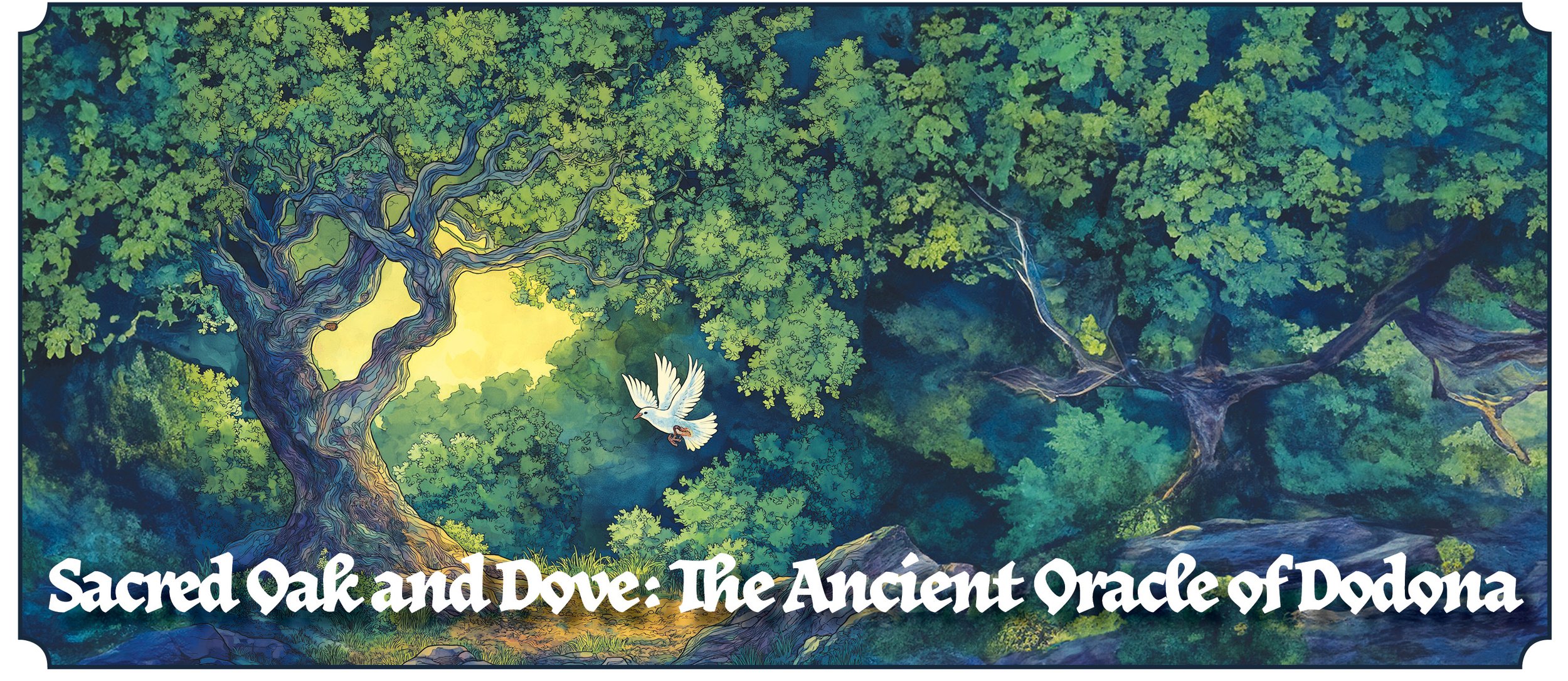













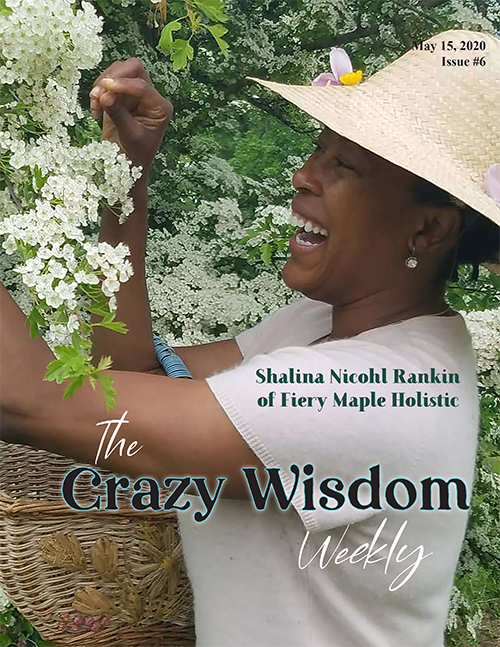
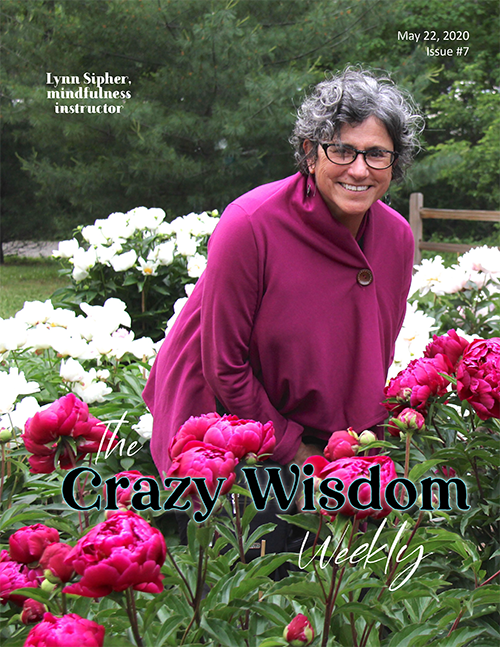




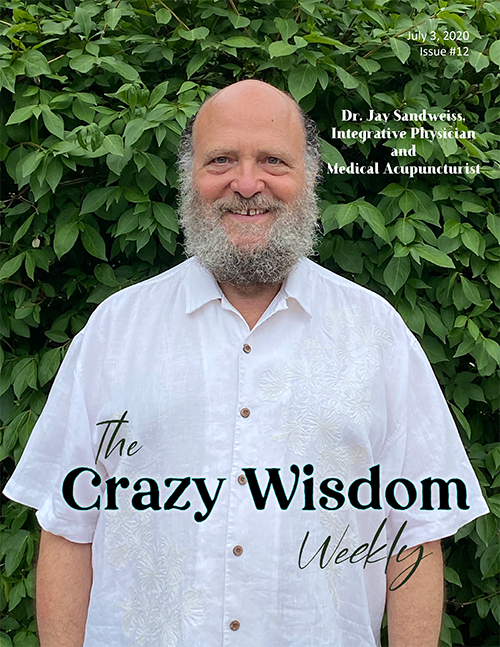

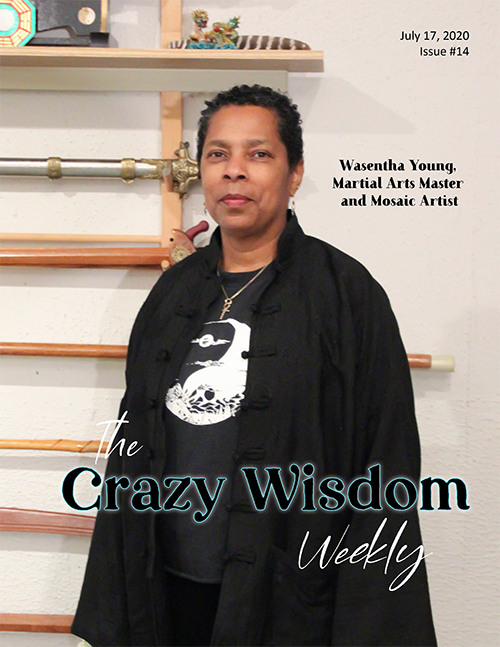




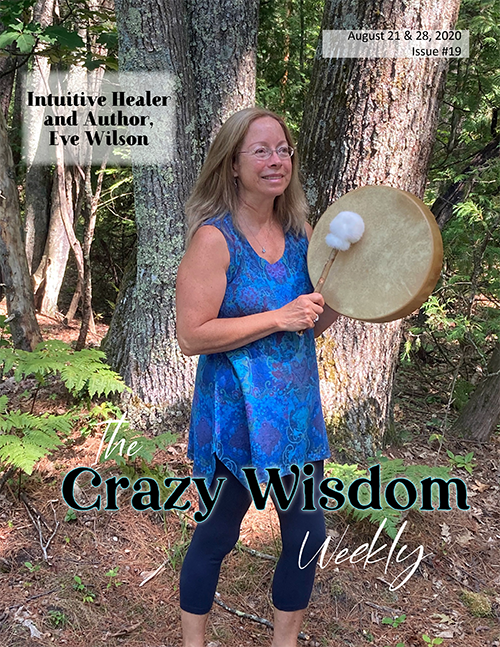








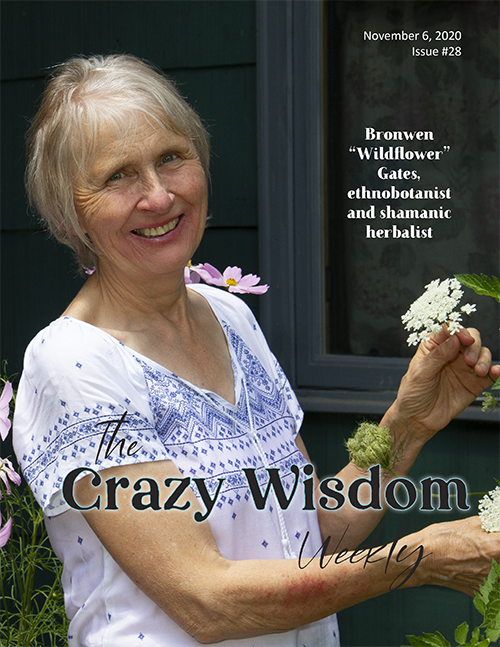
















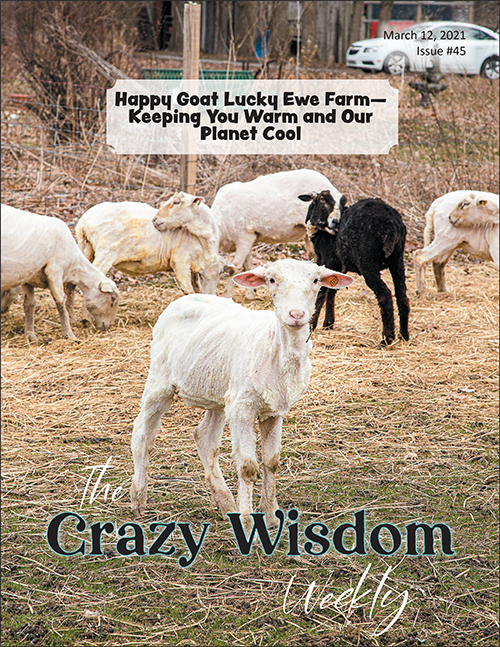

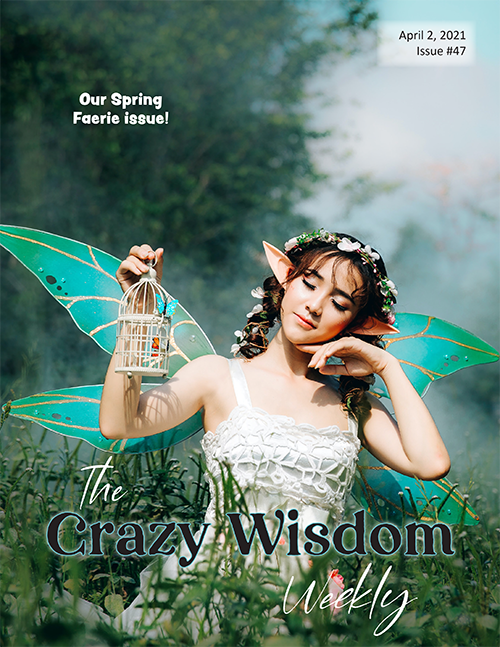
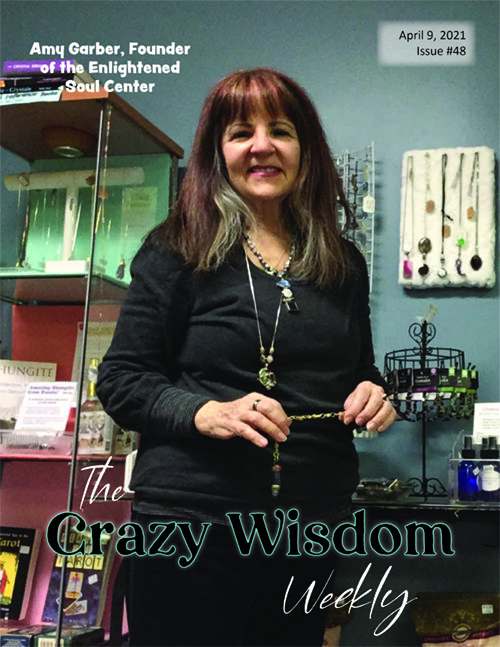


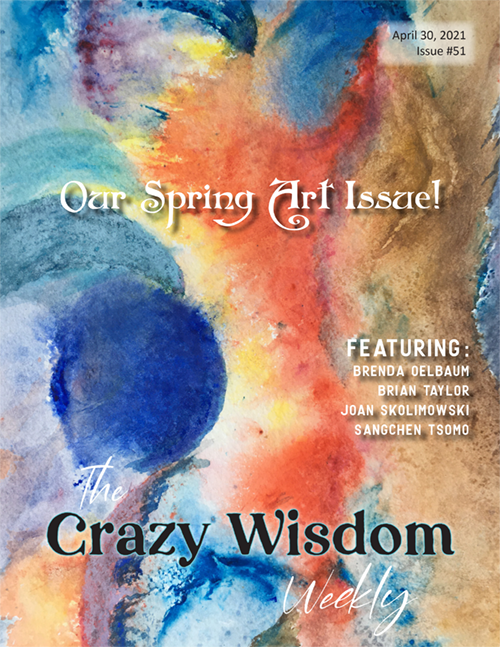










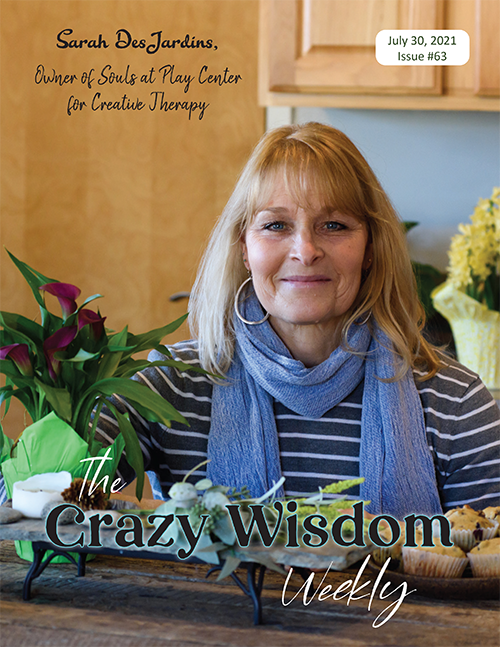
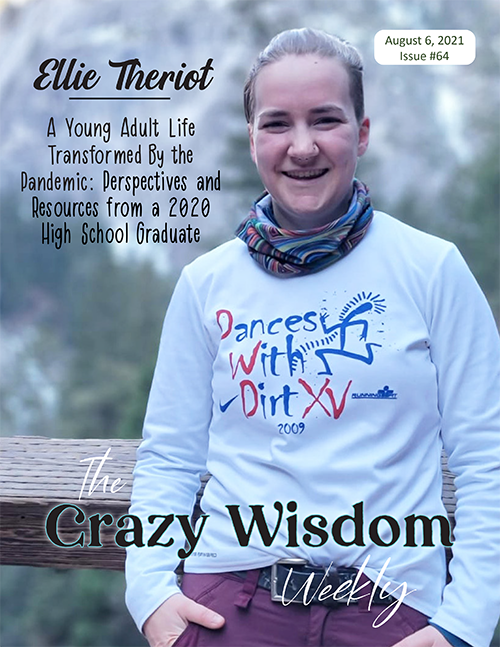
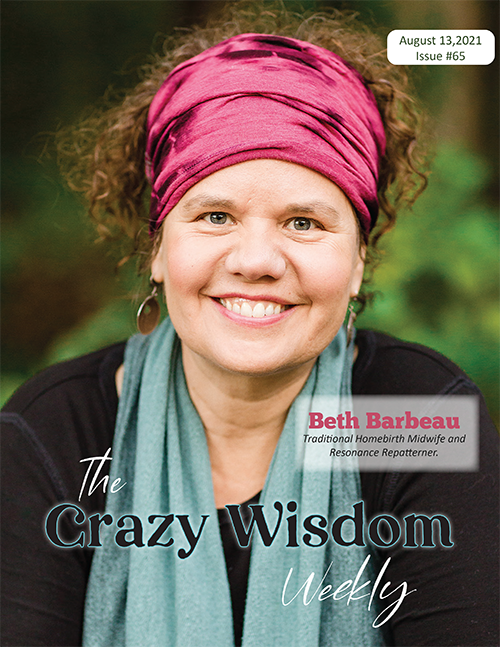
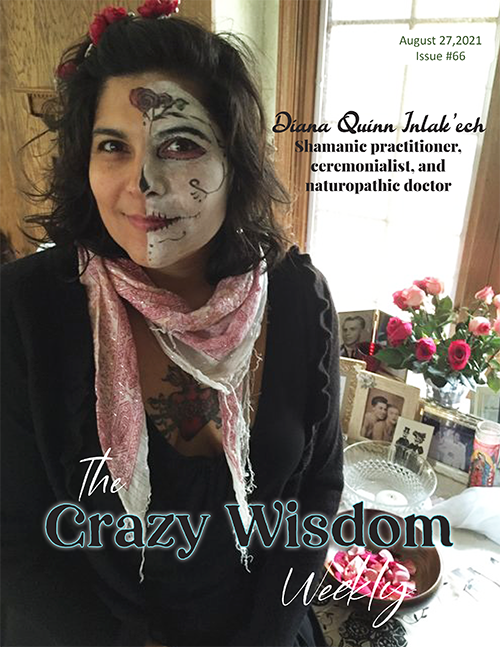



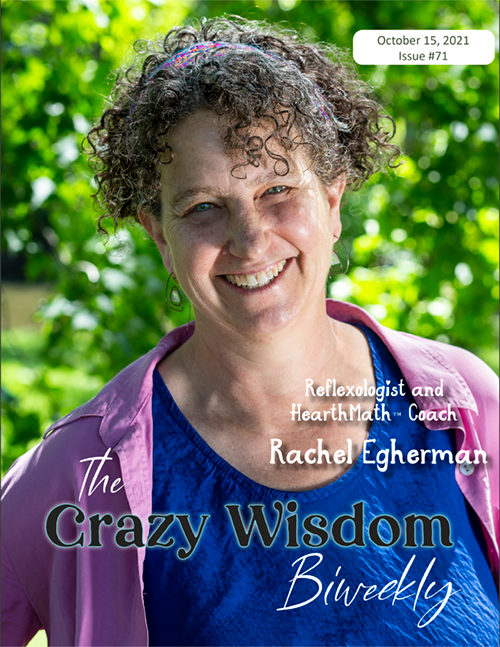

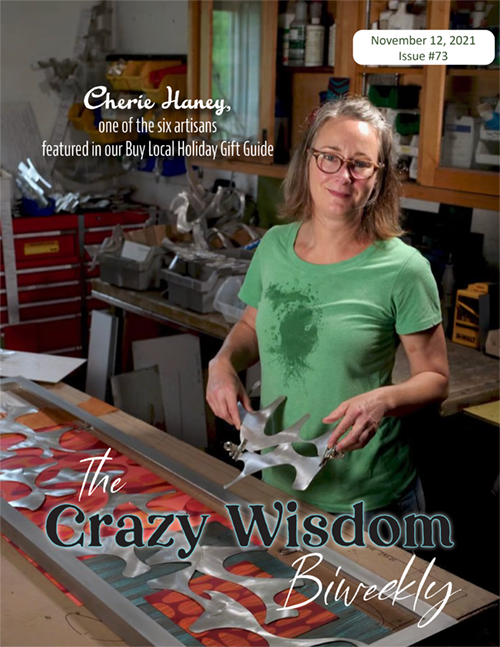


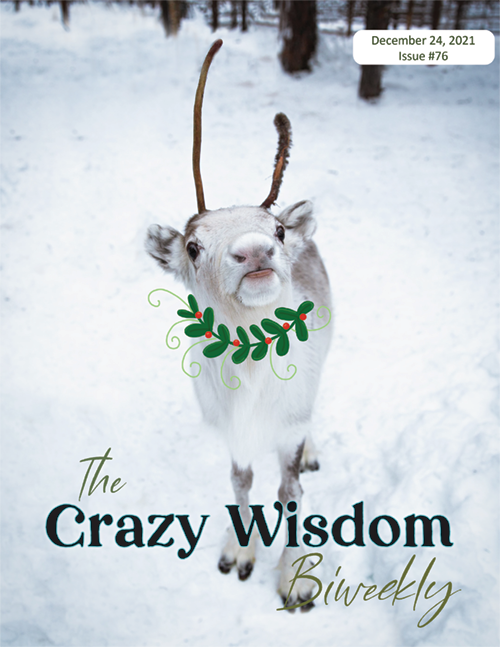



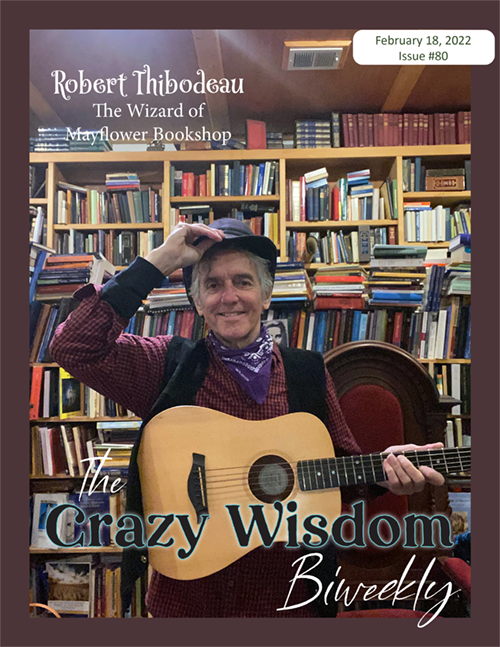







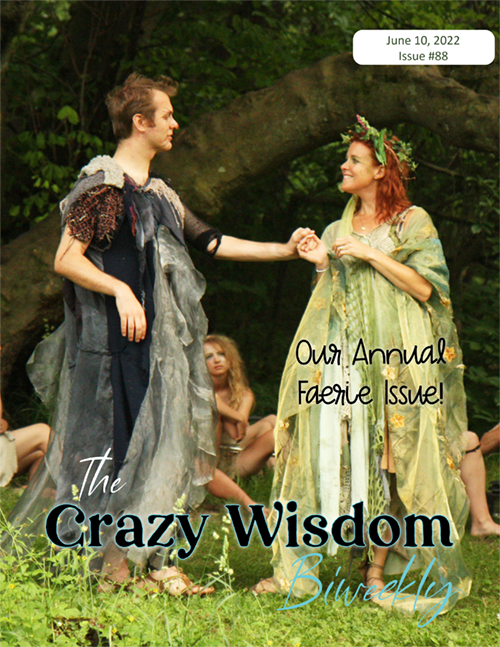



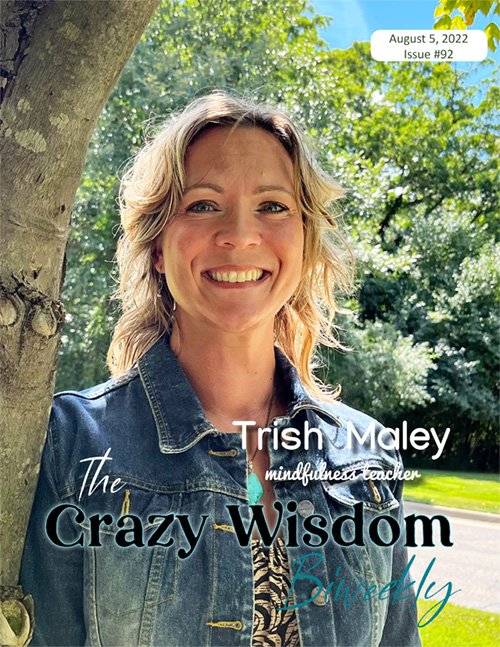
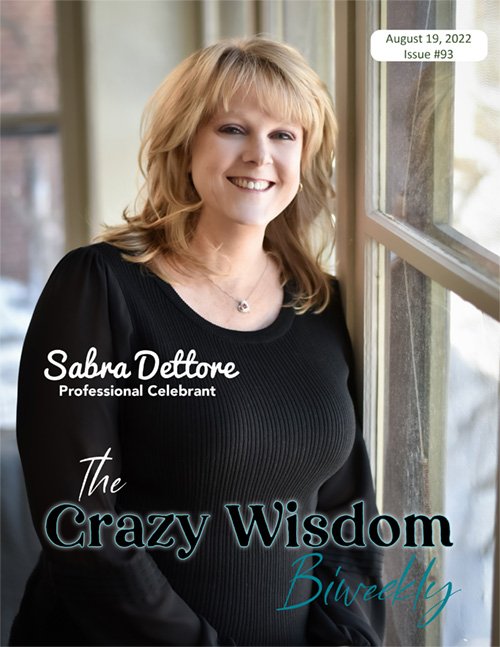

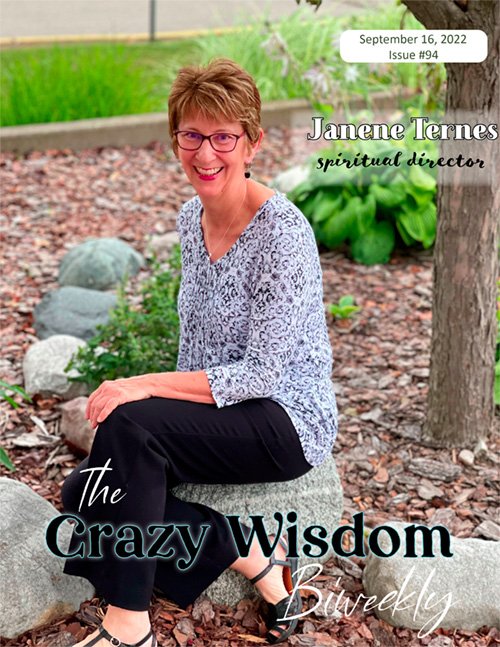

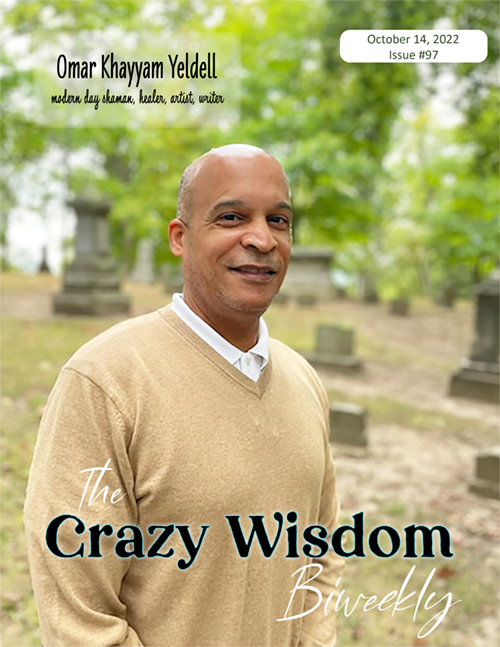













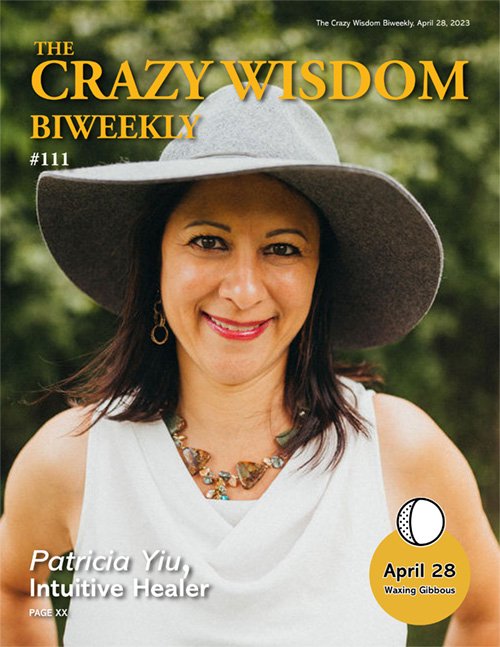
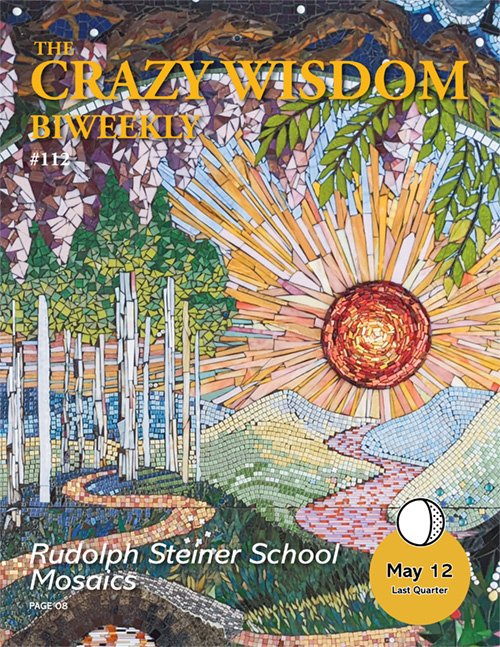

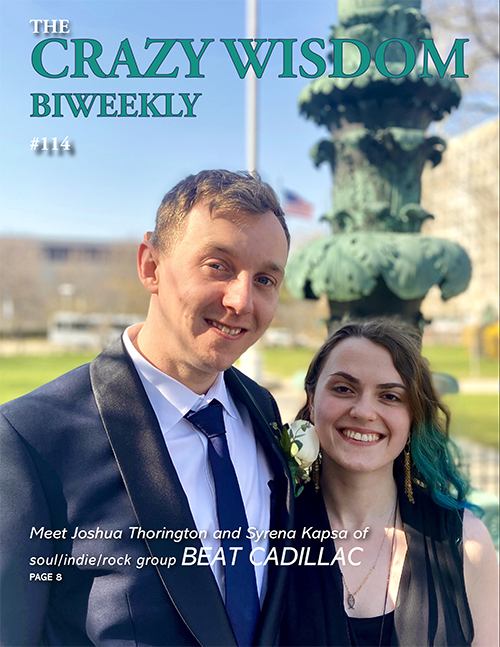
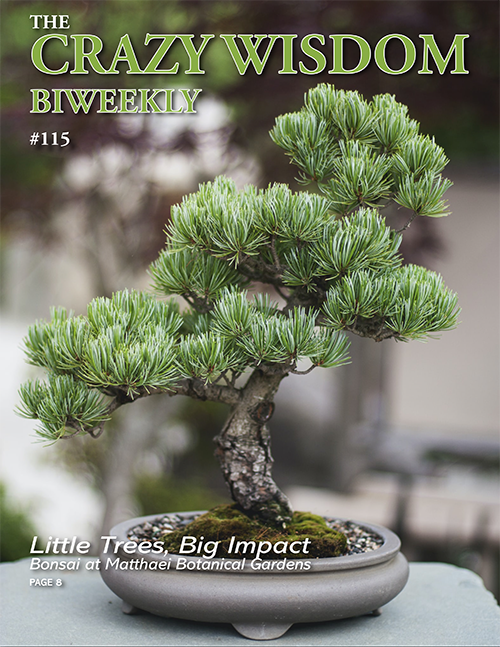
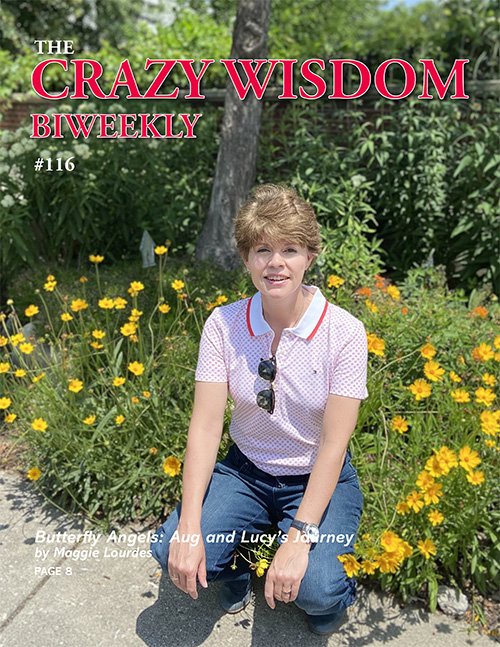

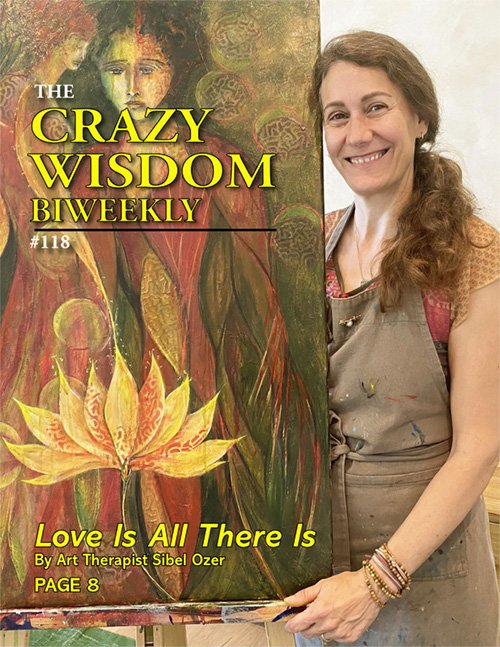
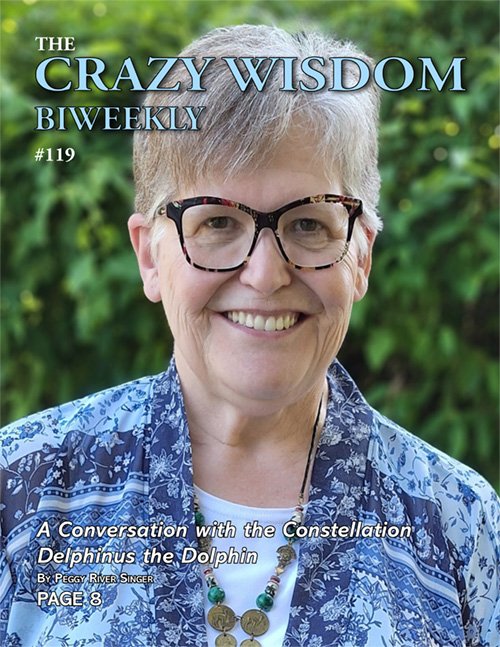


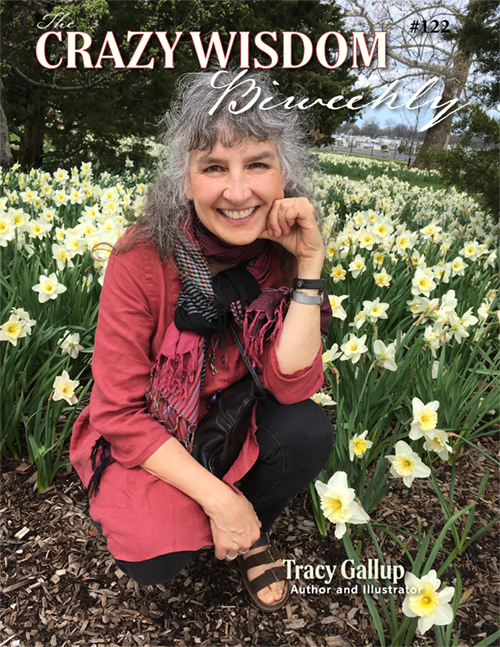





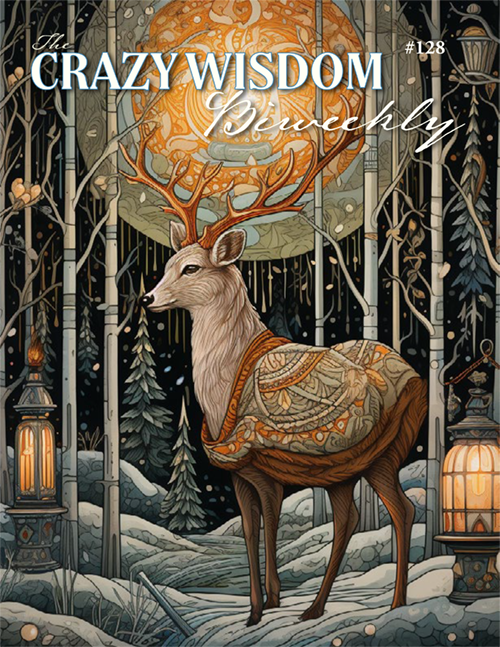


























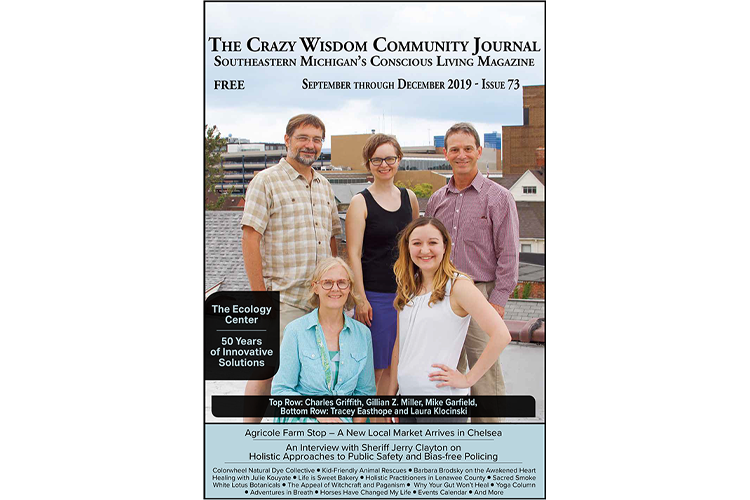





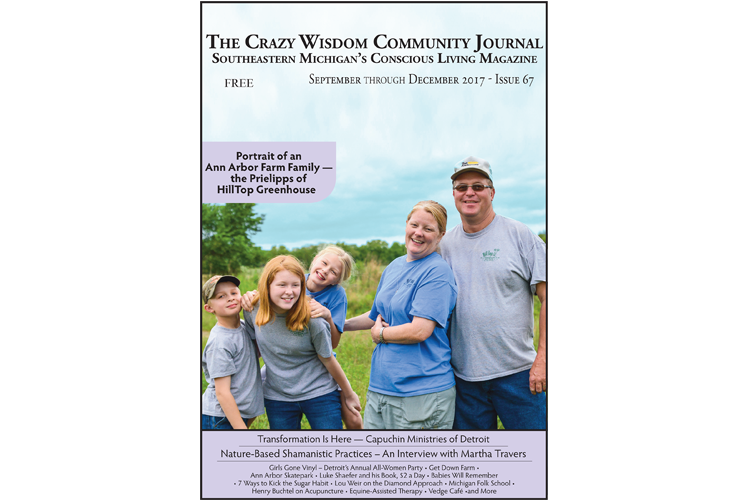

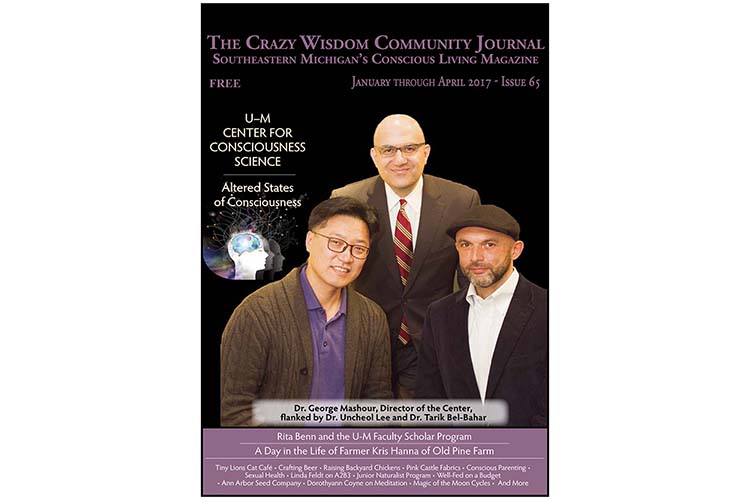







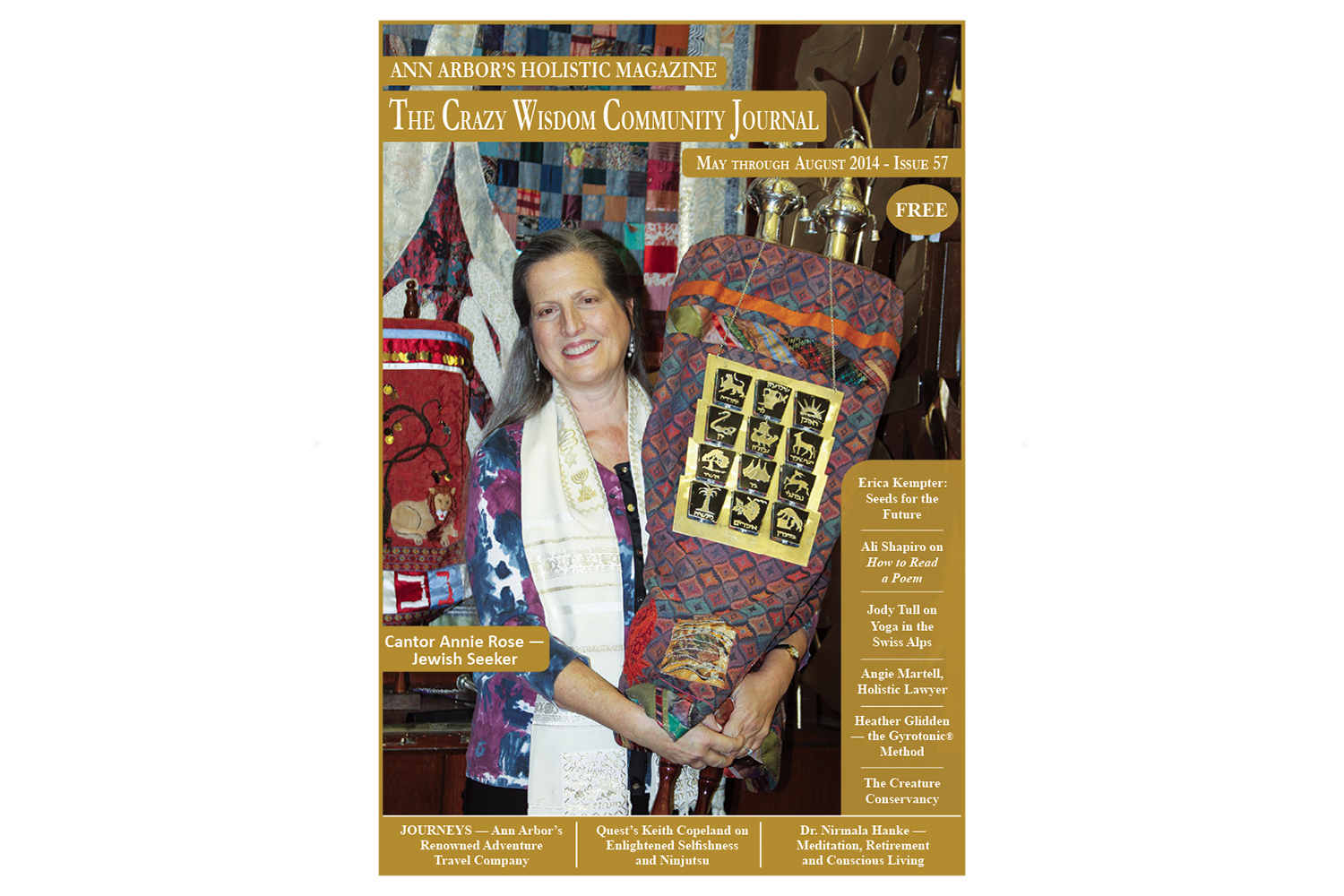





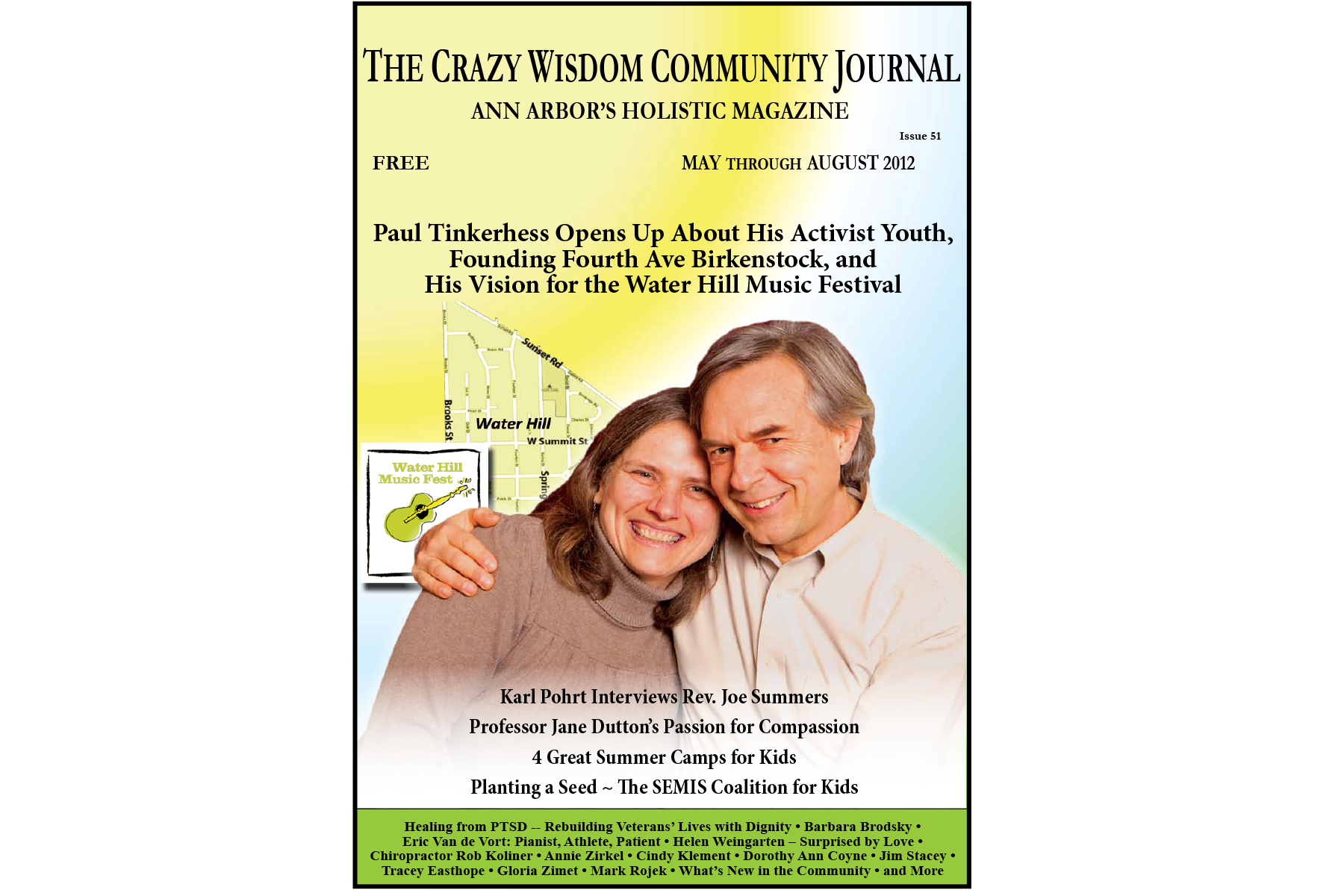




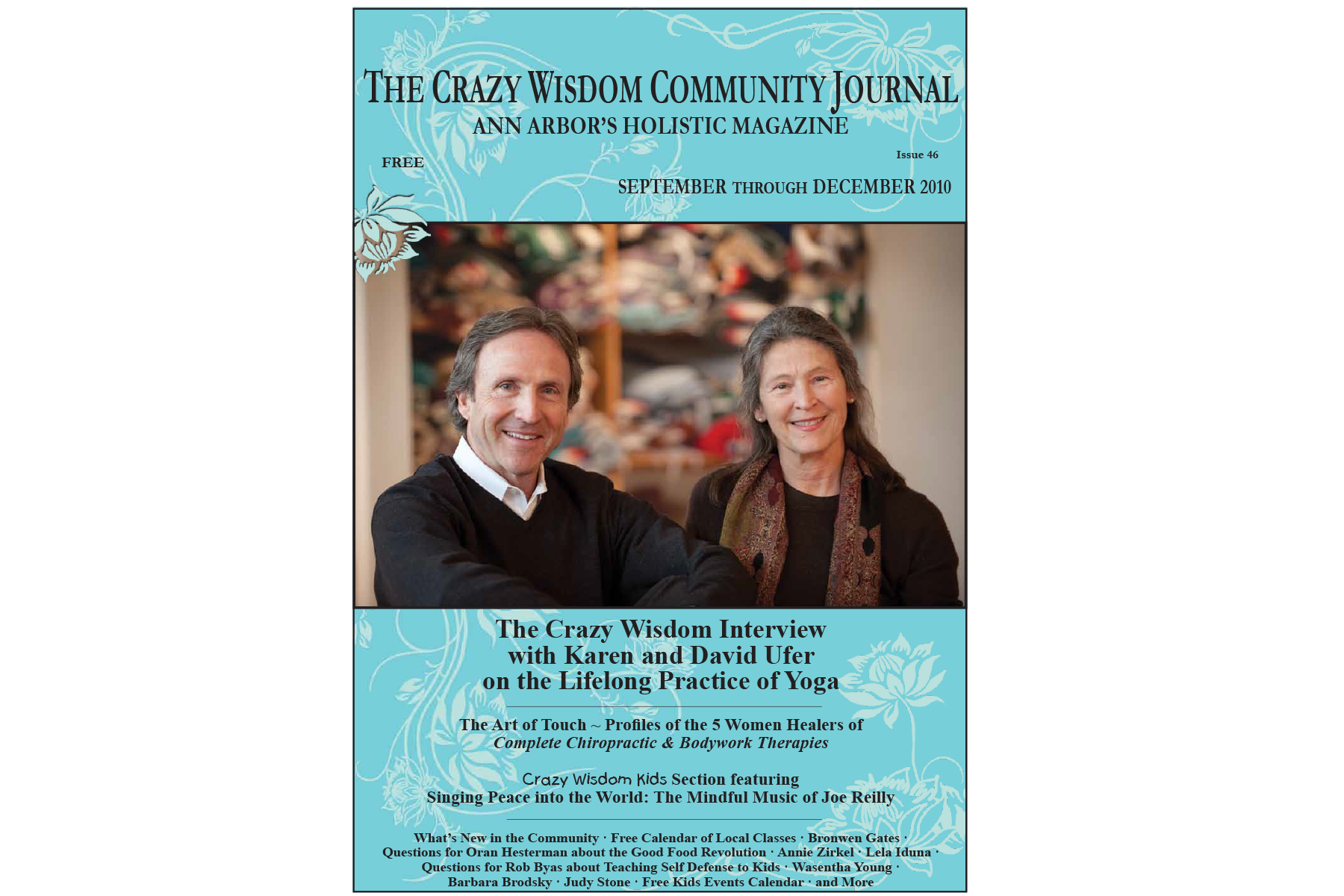

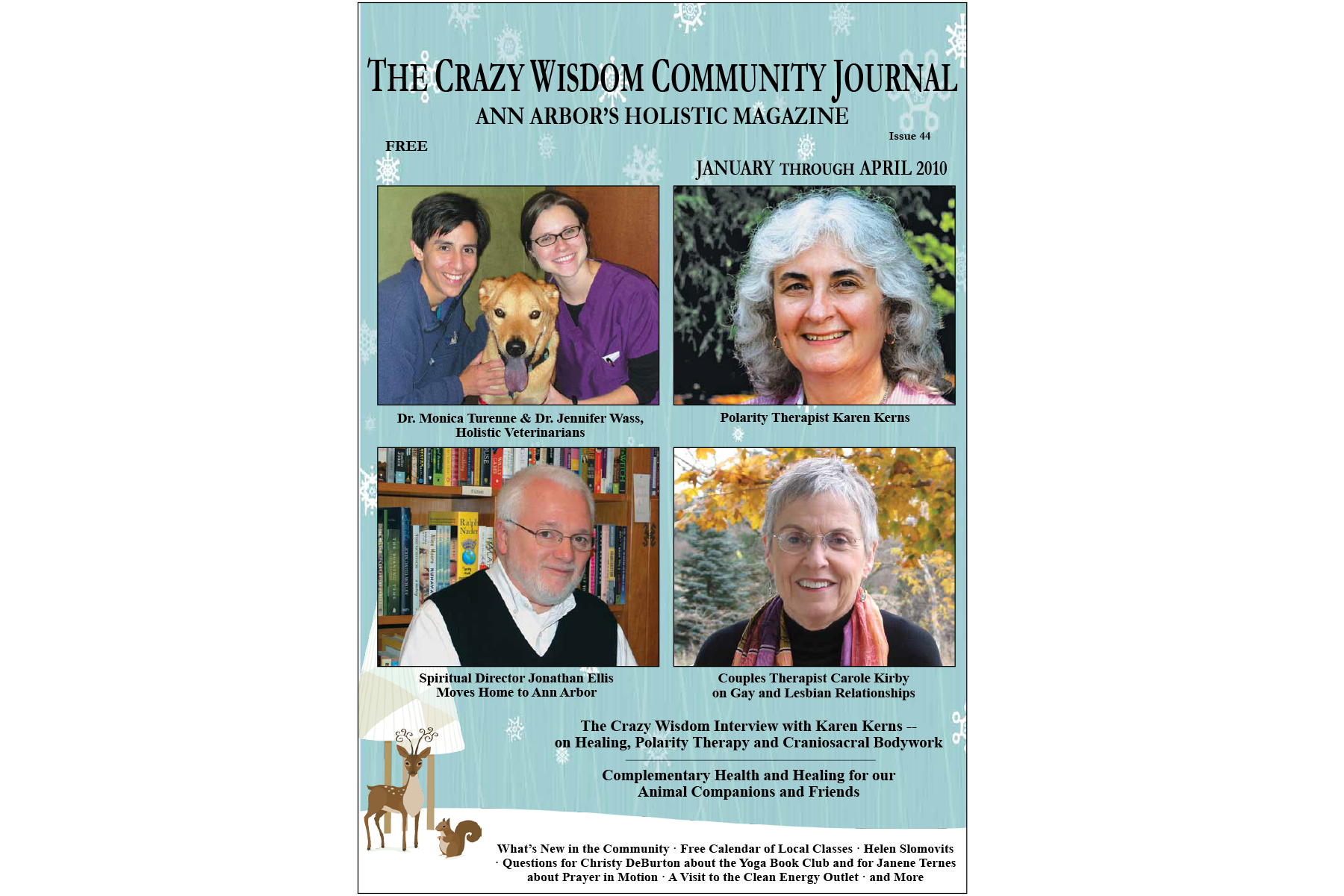



Far away in the mists of ancient days, there once dwelt a band of extraordinary trees with the gift of prophecy: oaks with the power of human speech, answering the needs of mortals who journeyed far to seek their wise counsel. This sounds like a folk tale, but it is not. Deeply rooted in archaic Greek myth, these oaks also lived in history as the first and only oracle existing in Greece for many years. Ancient mythographers remembered the priestesses who tended these oaks as the first females on earth who ever sang their own compositions; their companion nymphs were compassionate nurses for Zeus, shielding him in his vulnerable infancy, and henceforth revealing his will to mortals. In the remote and mountainous terrain of Epirus in northwest Greece, from the second millennium BCE, this sacred forest grew in the mystical sanctuary of Dodona.